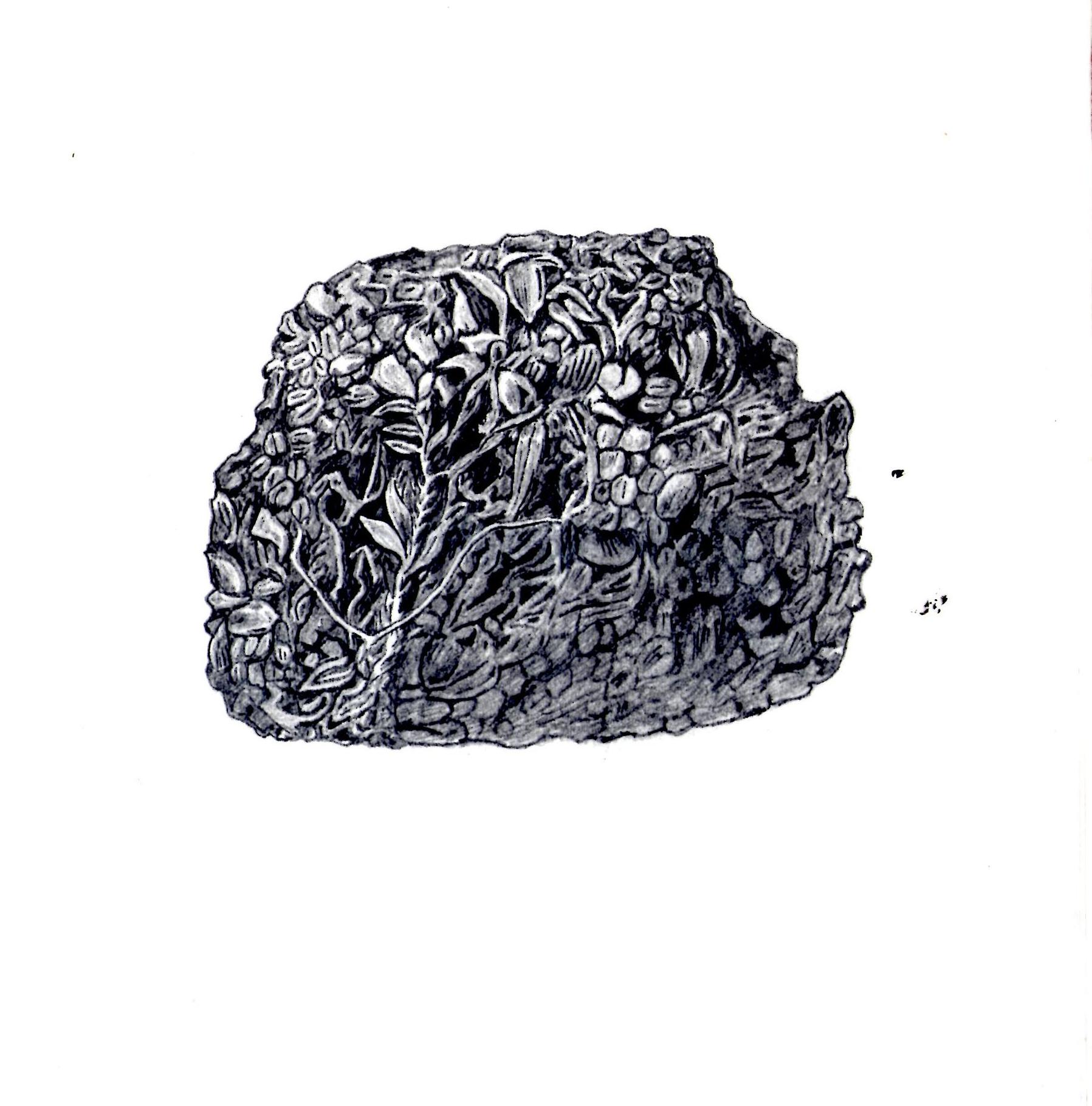
Everybody poops. There are even books and theses written about it. And we can learn a lot about animals from what they leave behind. Scientists study animal poop, also called scat, to learn about the hidden lives of animals. We can find scat in the wild and know what type of animal left it based on its shape, size and contents.
Scat can tell us a lot about an animal’s diet, habits and movement, so scientists like to study it both in nature and in the lab. Outdoors, scat can identify what animals are present in an area. Then researchers take it to a lab, dry it out and dissect it for clues about the animal’s diet.
Some mammal poop is full of seeds, which shows that the animal eats fruit or berries. Or it might contain bones and fur, which scientists can identify to learn what species that animal is eating.
Animal scat also contains DNA – molecules inside the cells of organisms that carry genetic information. Extracting DNA from scat is a non-invasive way to study animals, since scientists don’t need to handle the animals to learn about them.
DNA from scat can tell scientists about the genetic health of a species, who is occupying what territory, and the relationships of groups of animals in a particular area. For example, DNA from the scat of rare Bengal tigers in India helped scientists estimate how many tigers were in an area, see where individual animals were traveling and better understand their genetic relationships.
Studying animal scat can also support conservation. Some researchers have trained dogs to sniff out the scat of endangered species, such as the blunt-nosed leopard lizard, which is found only in a few grasslands in central California. By locating an endangered animal’s scat, scientists can estimate how many of that species are left in an area, analyze its diet and do DNA testing without having to disturb it.
It’s not hard to find scat if you know where to look. Some mammals, such as tiger and wild dogs, like to poop in the middle of trails or trail crossings. Others, like porcupines, do their business at the bases of trees. Guidebooks and websites can tell you what kinds of scat you’re likely to find in your area.
It is important never to pick up scat with bare hands, since you don’t know what kind of diseases might be present. But you can use a stick to look at it and see if you can figure out what the animal was eating, or take pictures and look in a guide to identify the creature that left it behind.
Be sure that after attending this class, you will tell SCATS for CARNIVOREs, DUNG for LARGE HERBIVORES, PELLET for MEDIUM TO SMALL HERBIVORES and FECES or FECAL MATTERS for OTHER ANIMALS.
- Teacher: Nazma Khatun